Cas Holmes is one of the UK’s best-known textile artists with works in public and private collections. The world of travel has been a constant throughout Cas’ adult life to work and study, researching in Japan, India and Canada.
As she points out in her book Stitch Stories , Batsford, 2015, that
travel takes place in the mind as much as across land or even continents.
As she travels, she collects, often cast-off textiles, or gifts of the old and the worn, mostly gifted from friends. These are painted, layered, collaged and stitched to capture fleeting moments in time respond to her environment, her experiences and the interaction between the urban, the human and the land.
Her exhibitions and workshops have taken her all over the world including Visions Museum and Art Gallery, San Diego and a recent show with Stuff for Thought by Heidi Drahota at the Human Rights Office, Nuremberg, which is currently touring.
She is a member of Art Textiles Made in Britain who will be exhibiting Concealed at Maidstone Museum and Art Gallery December 2017-February 2018.
She is currently researching her fourth book for Batsford publications with a focus on the landscape.
In this article, which is part of our From conception to creation series, friend of TextileArtist.org Cas Holmes talks us through the process of making Cup and Dandelion, part of her celebrated 40 yards series. From where she found inspiration to ‘auditioning’ materials to use, Cas reveals how this piece came into being and where it’s destiny lies.
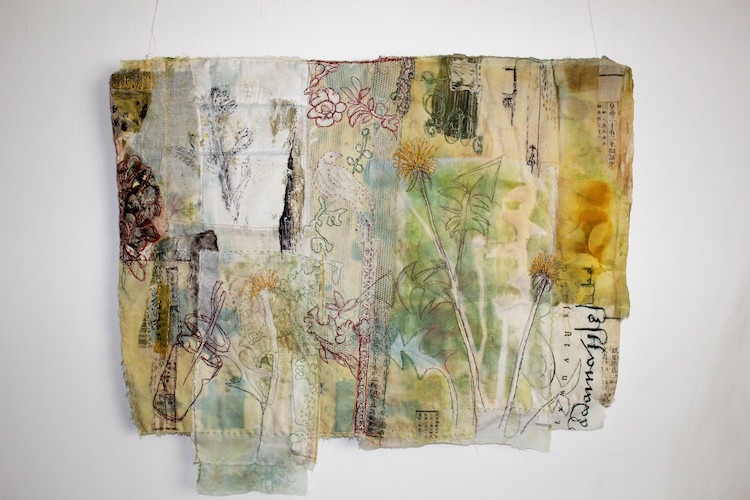
Name of piece: Cup and Dandelion, one of an ongoing series 40 Yards
Year of piece: 2014
Size of piece: 70 x 58cm
Materials used: Mixed media, found cloth,
Methods used: Printed and dyed, layered and stitched.
40 Yards
TextileArtist.org: How did the idea for the piece come about? What was your inspiration?
Cas Holmes: As a non-car driver or owner I spend a lot of time walking and cycling. In the last ten years or so my focus has been the everyday relationship we have with the world and the connections between the urban and natural world. The forgotten verges of our roadsides, weeds and flora on brown belt land and field edges, and the places where our gardens meet the greater landscape.
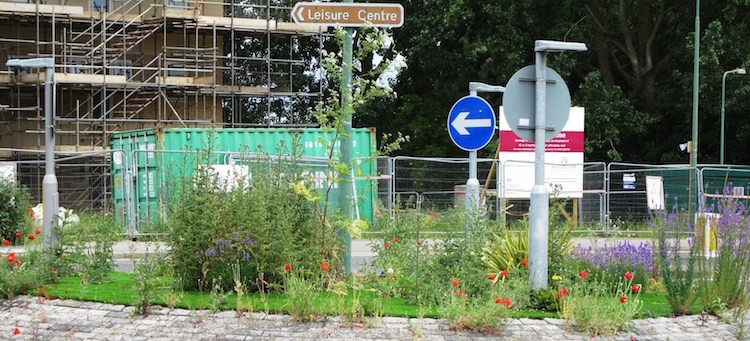
This piece is part of an ongoing body of works which look at the things within 40 yards of my house (yet using relevant materials gathered as travel) and is a continued exploration of the ways that travel and the domestic or home, intersect for me.
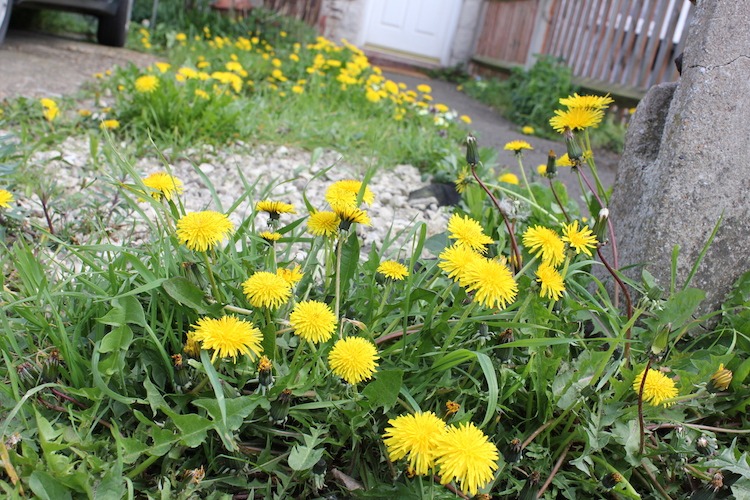
The work is part of a broader story in all my pieces looking at both the connection we have with the the world and the way we perceive it, as well as comments on issues of sustainability and the environment gently hovering in the background.
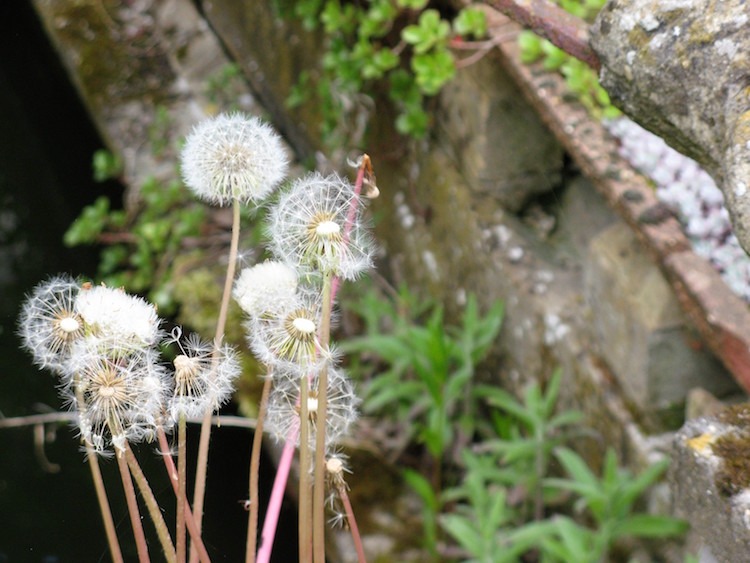
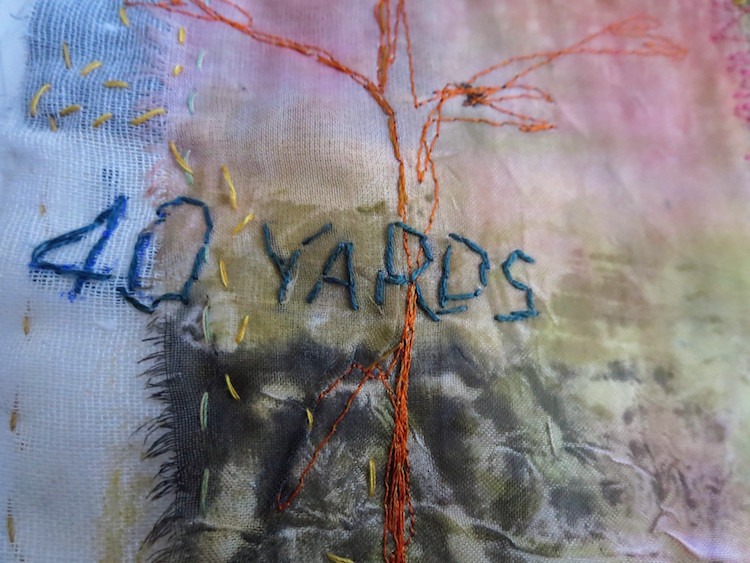
Daily observations
What research did you do before you started to make?
I am always drawing and collecting things relevant to my subject matter and the research comes out of this Magpie tendency and my interest in ideas about Wabi-Sabi and finding beauty in overlooked details and worn surfaces.
This piece was the first in the series which began with finding a piece of cloth outside my door with the text 40 Yards printed on it. I decided to reflect the seasonal changes and daily observations I made of the street, gardens and park near my home in an ongoing diary piece.
The commonality of things seen and gathered acting as inspiration. Things such as lace curtains in a window with a view on a different location, or a flooded garden or park in winter.
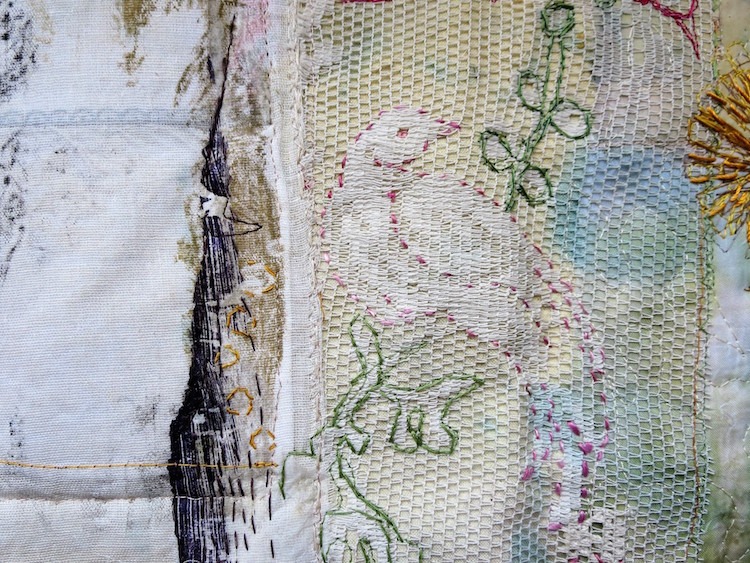
As I worked, botanical forms, birds and small details crept in as a focus of calm amidst the disruption of time and personal space. I am mindful of how historically the similar references to botanical and landscape watercolour studies and fine embroidery were perceived as an acceptable means of feminine craft or entertainment in the home.
This separation from fine art still carries a legacy of the ‘domestic’, ‘craft’’ and the ‘feminine’ which was seen to marginalise ‘women’s work’ in stitch and paint. What connections am I making to that past?
This is typical of the many-faceted approaches I use to finding inspiration which is discussed in depth in Stitch Stories and in this short article, Finding Inspiration for Textile Art, both featured on Textileartist.org.
Was there any other preparatory work?
The installation was designed for its first showing at the 20th European Patchwork Meeting in 2014 with the intention that it would be added to and changed as the project developed. I decided to line the work chronologically. A section of lace or line of stitch would carry through one to another of the pieces in sequence.
The simple presentation of the pieces on battens and hooks was equally was dictated by time and space knowing I had less than a day to install the works and to make small adjustments as the proposed gallery space dictated.
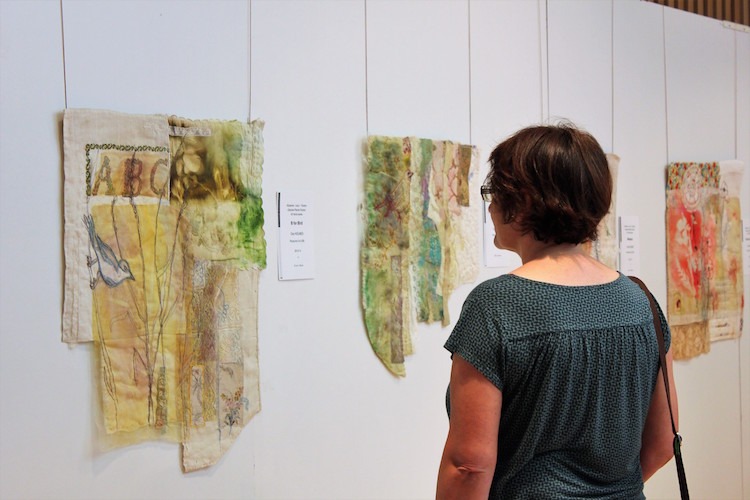
An unexpected outcome
What materials were used in the creation of the piece? Where did you source them?
Making, travelling, teaching and writing is a juggling act, which when combined with building work at home, meant my own stash of materials was in storage and inaccessible and space was at a premium.
Creating work with limited resources sometimes leads to an unexpected outcome. This piece includes an old paint rag donated by a student and some lace curtain material.
What equipment did you use in the creation of the piece and how was it used?
I use whatever I had to hand for mark making, drawing and stitch and I tend to work around the house picking up pieces to stitch as I go.
My ‘to go’ kit is generally a small bag. My sewing machine and a few paints and threads at the time were stored under a 6-foot table which had to doubled as a ‘wet area’ and a stitching space.
This table was my main workspace for nearly two years as building work was ongoing. Each piece being stored in a suitcase on a shelf above the table. I am delighted to have an outside space now which means I can leave things out and not pack away.
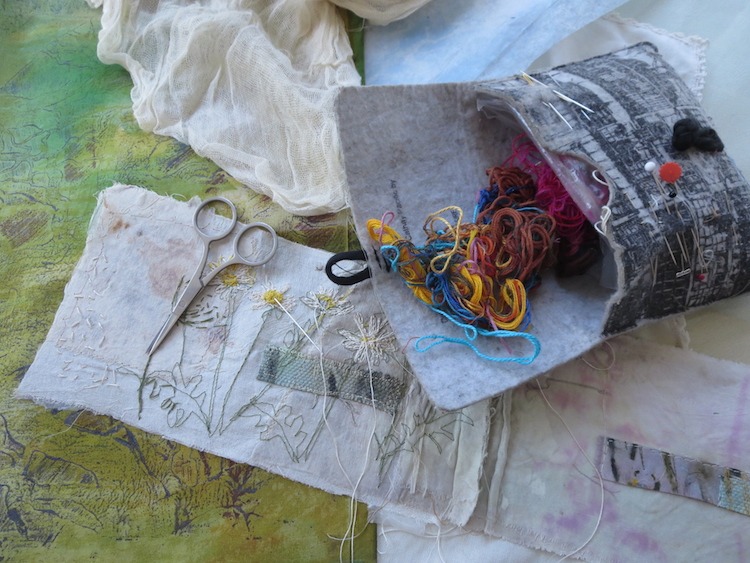
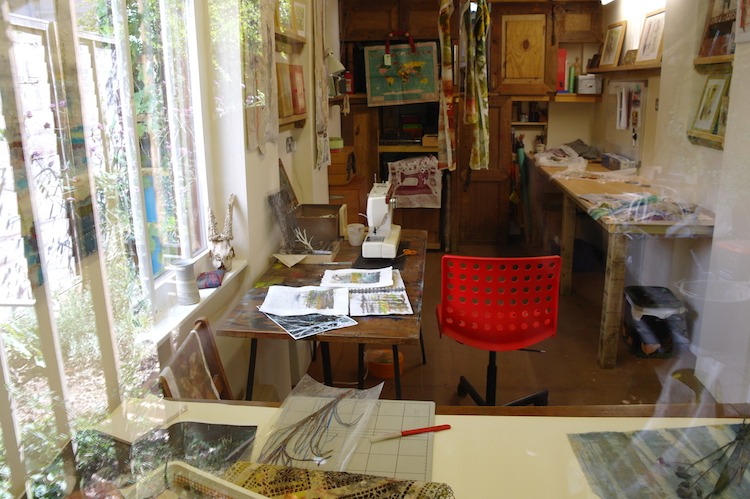
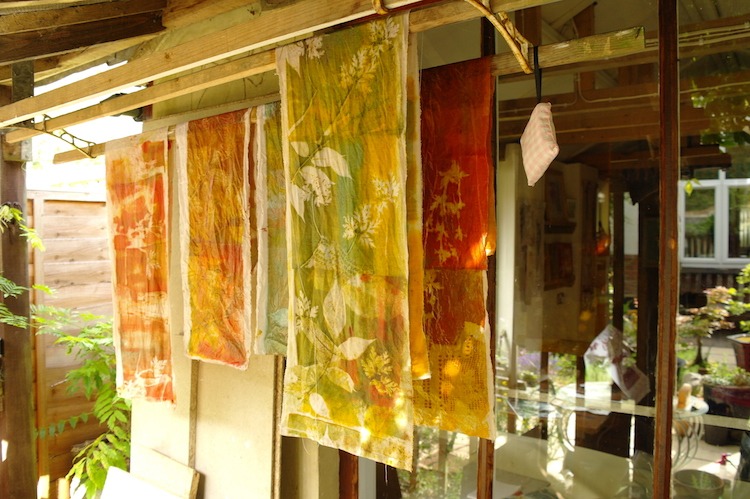
Take us through the creation of the piece stage by stage.
My process and training ties into my background training as a fine artist. If the work needs to be adjusted, taken apart or revised I will do that at any stage of its making.
The process can be incredibly lengthy and complex but always fall into three key areas and not usually worked on in any one sequence. I sometimes start with stitch for example as opposed to mark making.
Mark-Making with a variety of media from paint to dye to basic drawing media…whatever I have to hand.
Layering of pieces of cloth, paper and found materials.
Stitch. This is what hold the works together ultimately.
All work always begins by and constantly references location drawing and laying out the collected materials. Some of these materials would have been printed and dyed upon in previous sessions.
The drawings are used a guide only and are not intended to be copied. They are there as a means to stimulate and engage and I will often go outside as I work to make a quick sketch and then return to the piece in progress.
The process is deceptively simple yet becomes complex in layering both the material and idea.
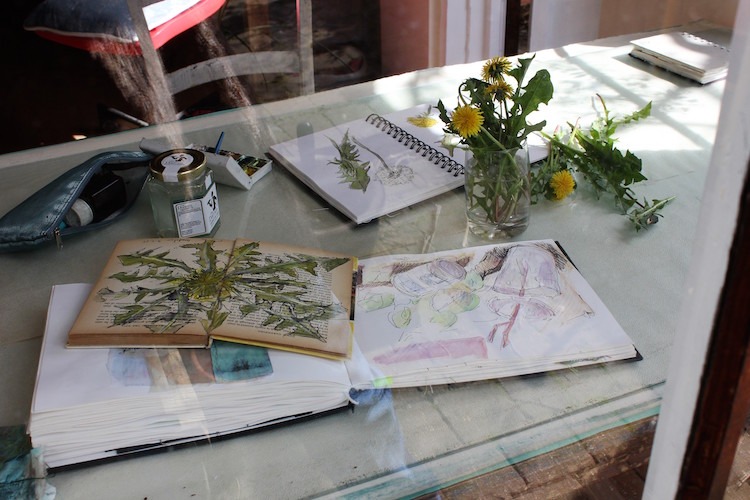
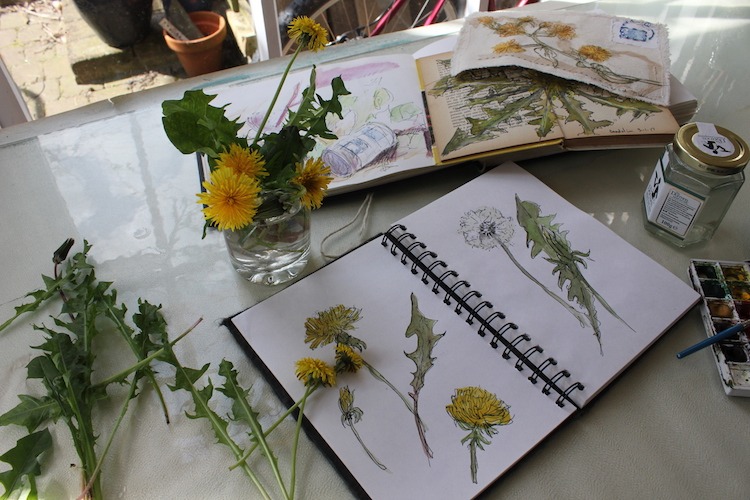
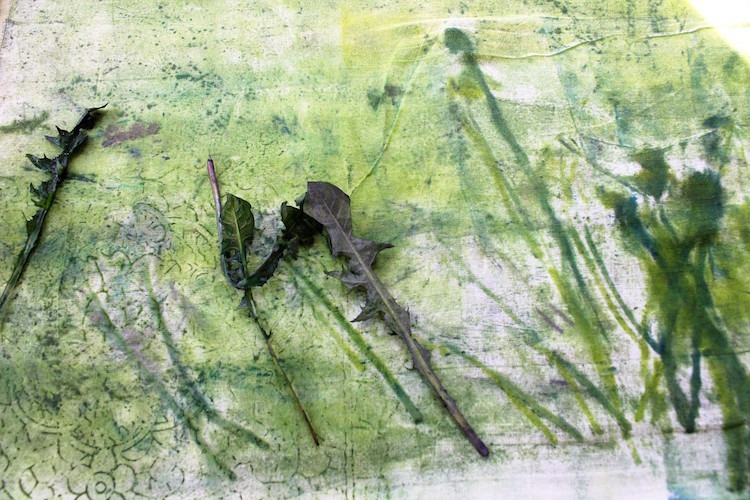
I ‘audition’ the pieces by laying them out or pinning them to a piece of canvas hanging on a wall. These are then either initially hold them together with pins or a method I refer to as ‘wet appliqué in which diluted CMC or wallpaper paste temporarily holds the layers together.
As I build and overlay the torn and cut pieces I constantly refer to drawings and studies in my sketchbook and make adjustments.
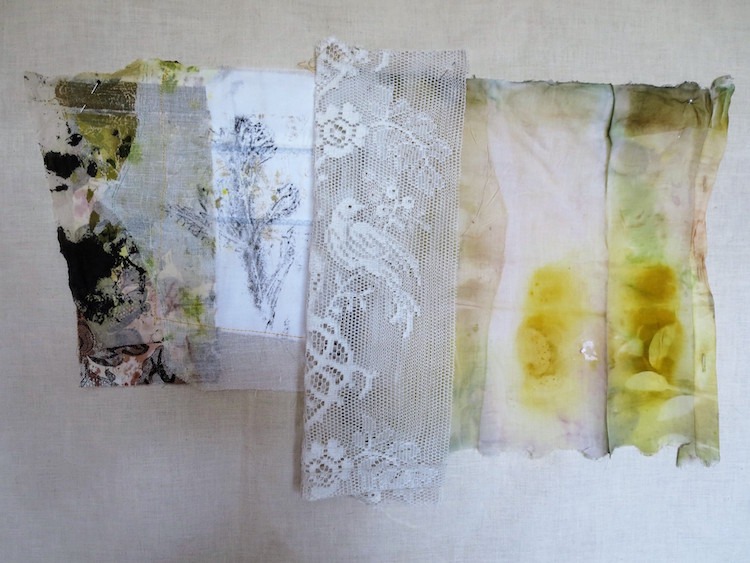
The process of layering with pins or paste is never exact and I constantly make changes and often leave the work overnight so I can look at it fresh before making further compositional decisions.
Working on top of a base of plastic sheeting to protect the table, large pieces of fabrics are laid down as a foundation. I then add smaller pieces as I work on top of the larger pieces of cloth pasting each layer as I go.
When dry, the paste lightly holds the layered or laminated the fabrics and papers together into a loose collage of cloth and materials.
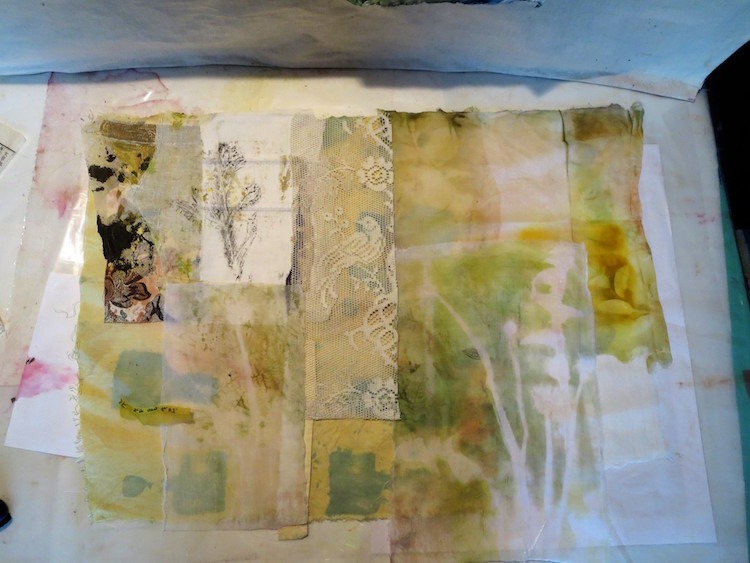
This new ‘cloth’ is removed from the plastic backing and is now firm enough to be free machine stitched using a darning foot. I usually work on my beloved Bernina for this which I found in a skip.
I often refer to the marks I make with my pen or pencil in a sketchbook as means to inform the texture and form of my stitch. Hand stitch is also added at this stage and I never use a hoop. I refer to the limited range of stitches I use in a previous article on TextileArtist.org
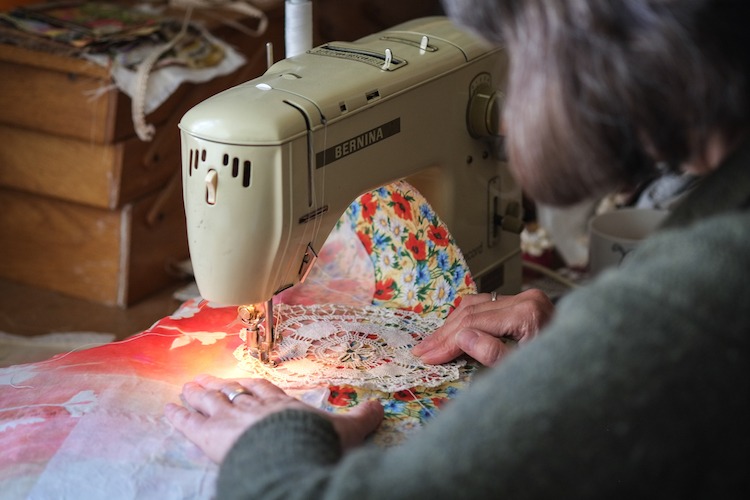
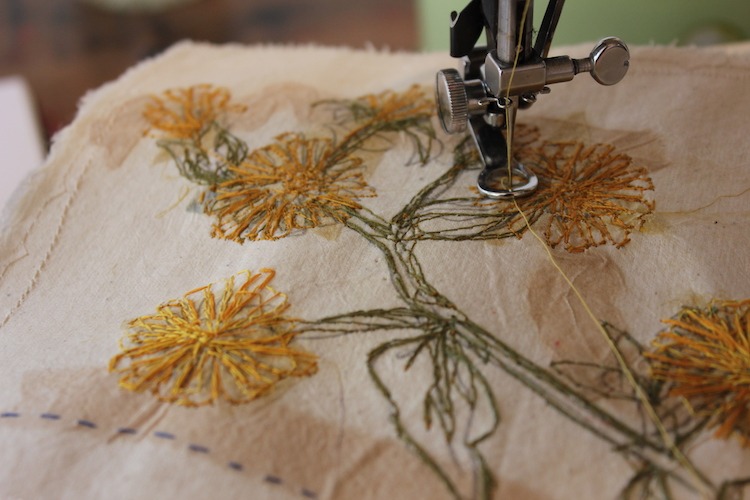
This piece will be donated to the Gathering Memories project in aid of the Alzheimer’s Society.
Working with these restrictions on my space and time only allowed for fleeting glimpses of the work in progress as a whole.
As I worked I became aware of how the pieces acted like ‘stops in a journey’ or ‘snapshots’ of a given time, connecting time away travelling and working, to the more intimate and familiar space of home.
It also reflects my process of working on several pieces at once.
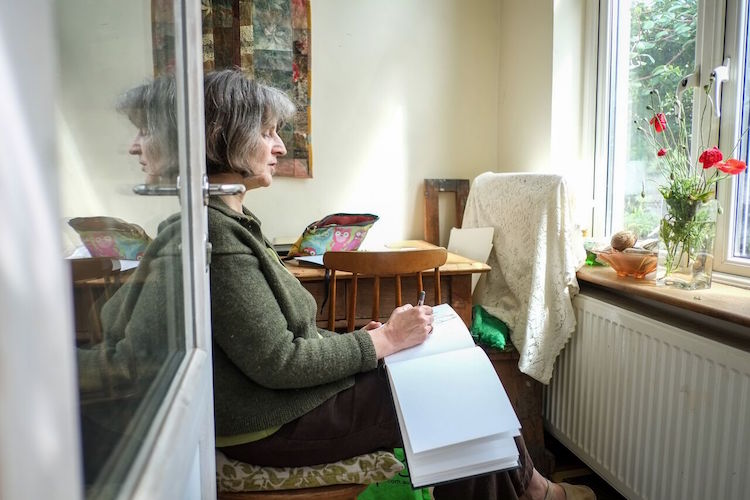
What journey has the piece been on since its creation?
Since it creation and first showing at the European Patchwork Meeting this piece has accompanied others in the 40 Yards series as they have grown and been exhibited in a variety of galleries and places in the last two years including an old army barracks in Parc Theodore Monad, France under the invitation of the City of Le Mans and more recently at the Farnham Pottery. My aim is to continue the series until I have 40 yards in length. The piece also featured in Stitch Stories .
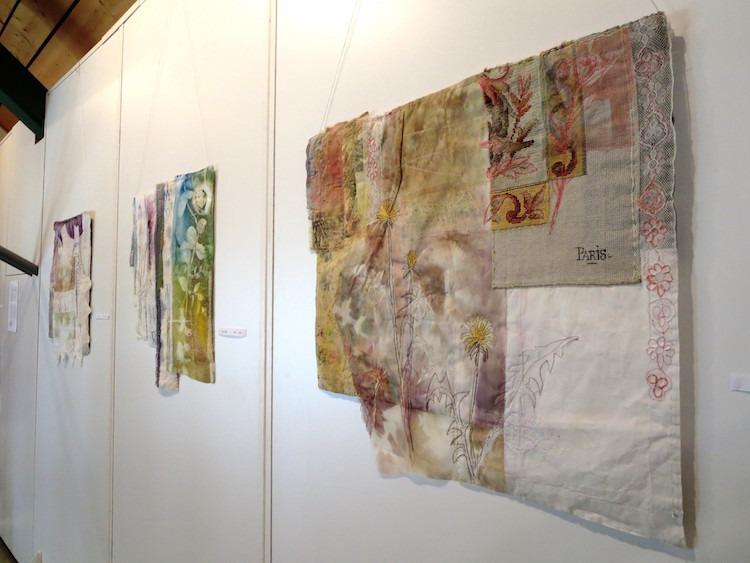
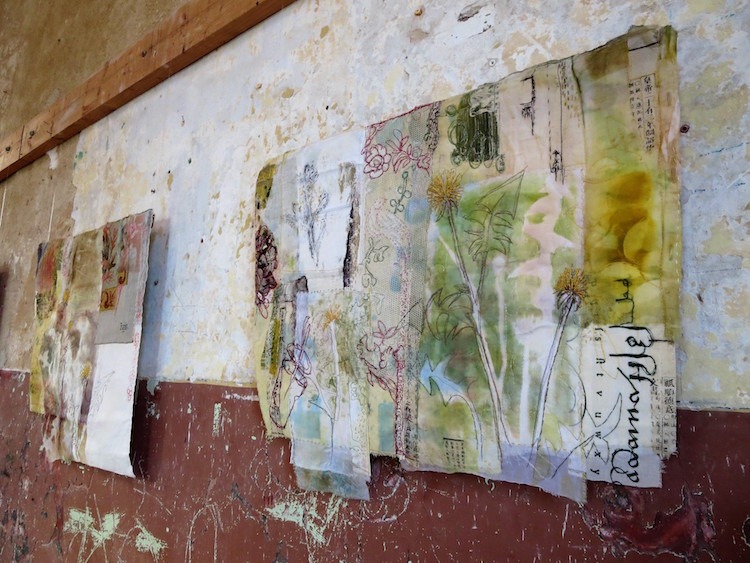
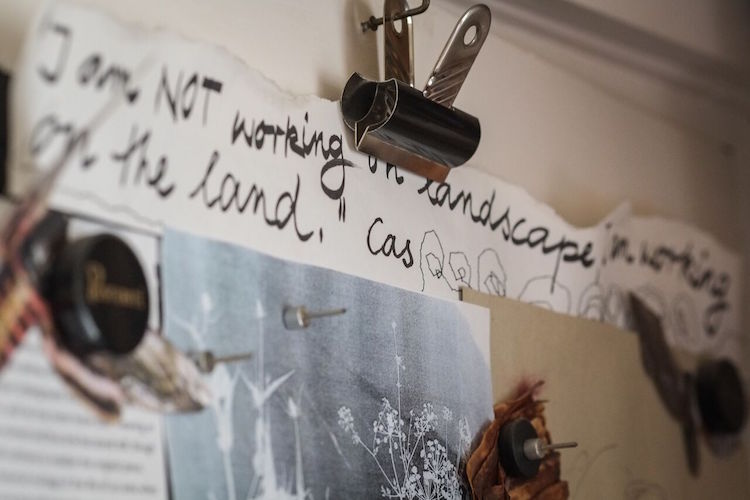
The pleasures of the small things to hold on to in life:
Suddenly I realized that I wanted everything to be as it was when I was younger. When you’re young enough, you don’t know that you live in a cheap lousy apartment. A cracked chair is nothing other than a chair. A dandelion growing out of a crack in the sidewalk outside your front door is a garden. You could believe that a song your parent was singing in the evening was the most tragic opera in the world. It never occurs to you when you are very young to need something other than what your parents have to offer you. Heather O’Neill
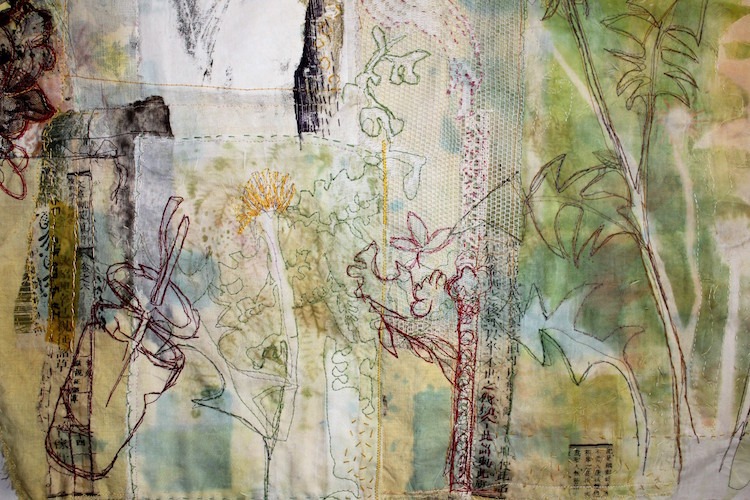
Prescriptions: artists books exhibition, is on show at the Templeman Gallery, University of Kent until 17th November 2017.
New pieces using an exploration of paint and print are being developed for projects including guest artist show at Nadelwelt in Germany on 4-6 May 2018, which includes her ongoing collaboration Tea Flora Tales which will return to the UK for a final show -more news on that as it is confirmed.
I am also running workshops under the invitation of Fibre Arts Australia for March-April 2018.
For more information visit: www.casholmes.co.uk or www.casholmestextiles.co.uk
All current exhibitions and workshops are posted on Cas Holmes blog.
Let your friends know about this artist’s work by sharing the article on social media. It’s easy – click on the buttons below!
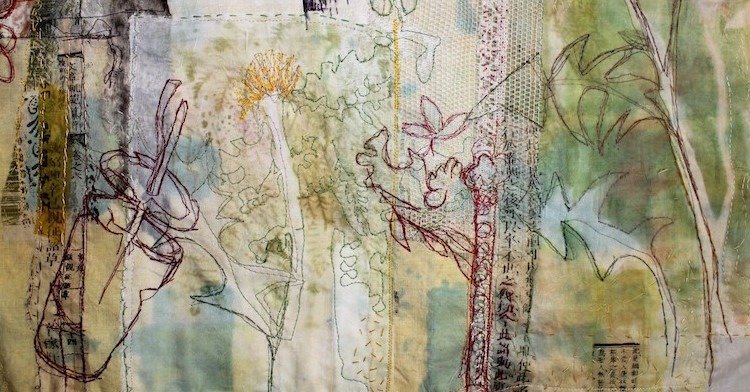

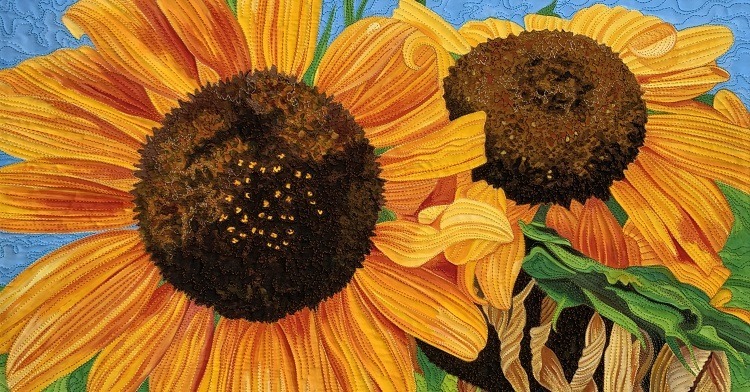
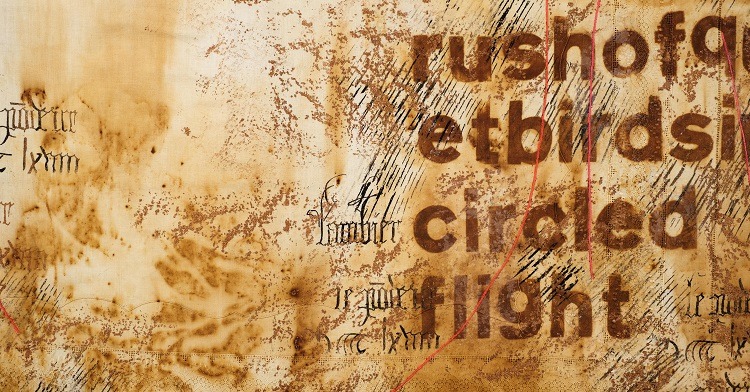
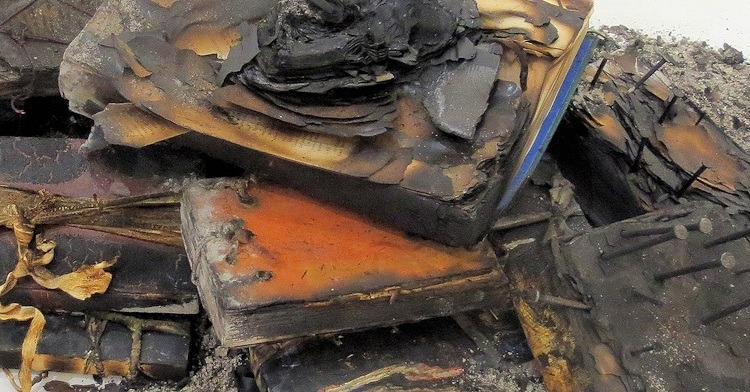
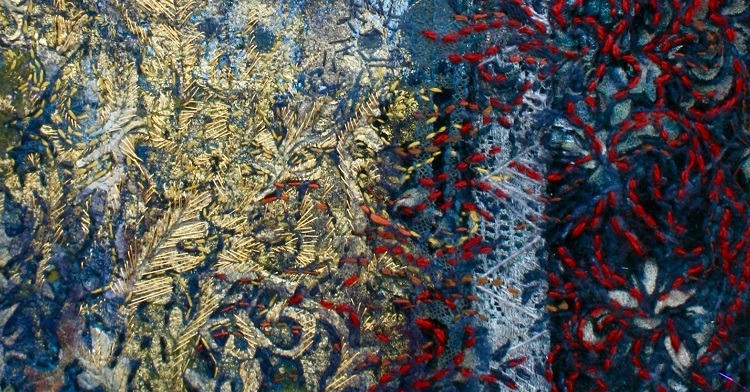

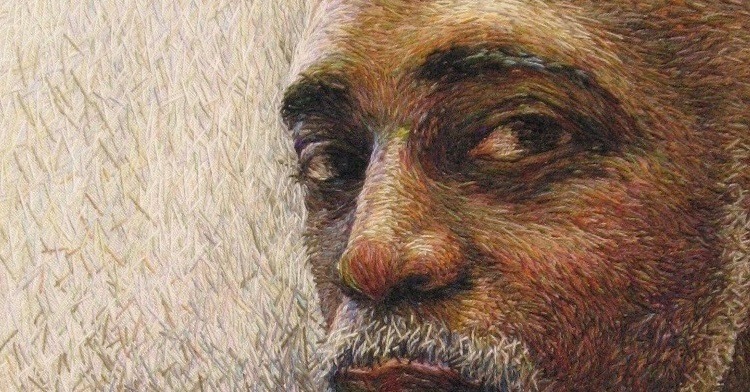
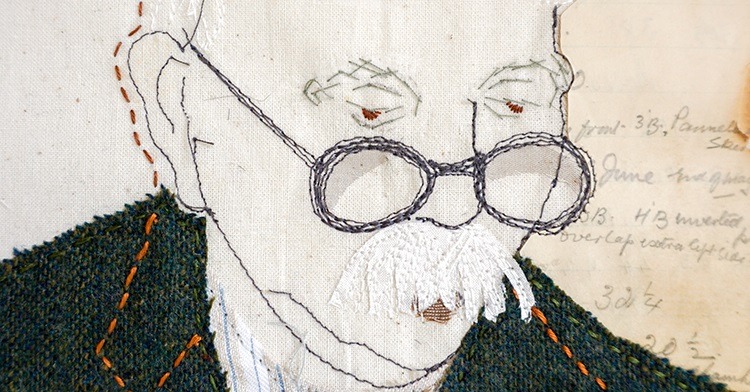
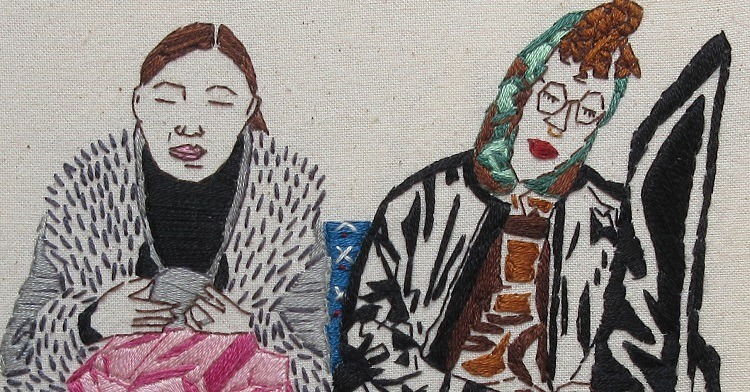
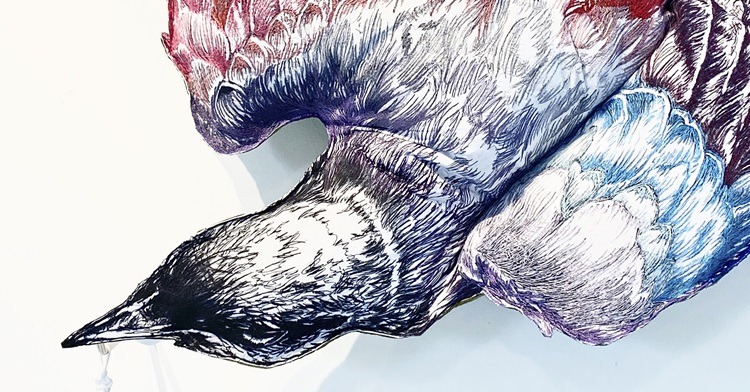
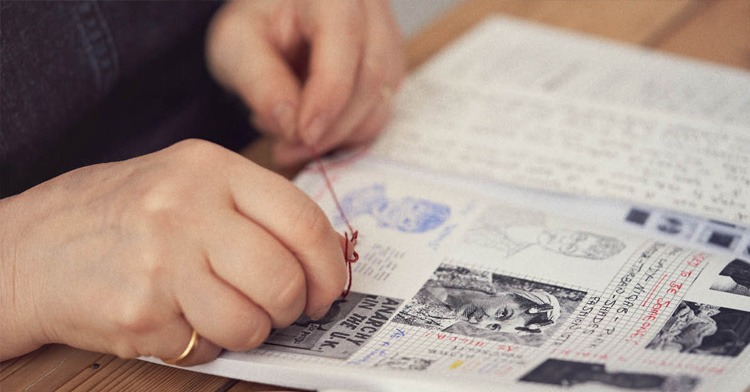
Comments